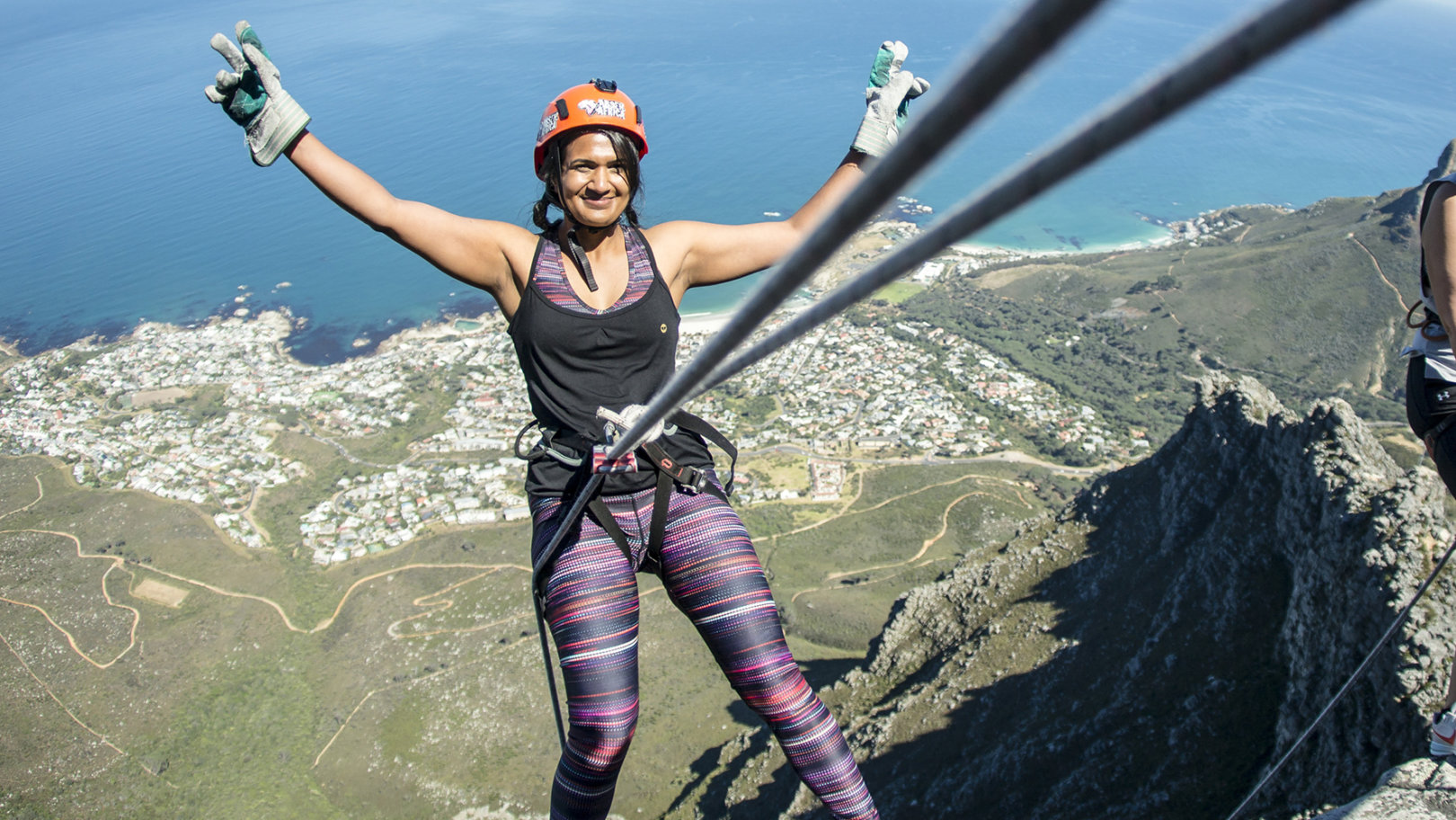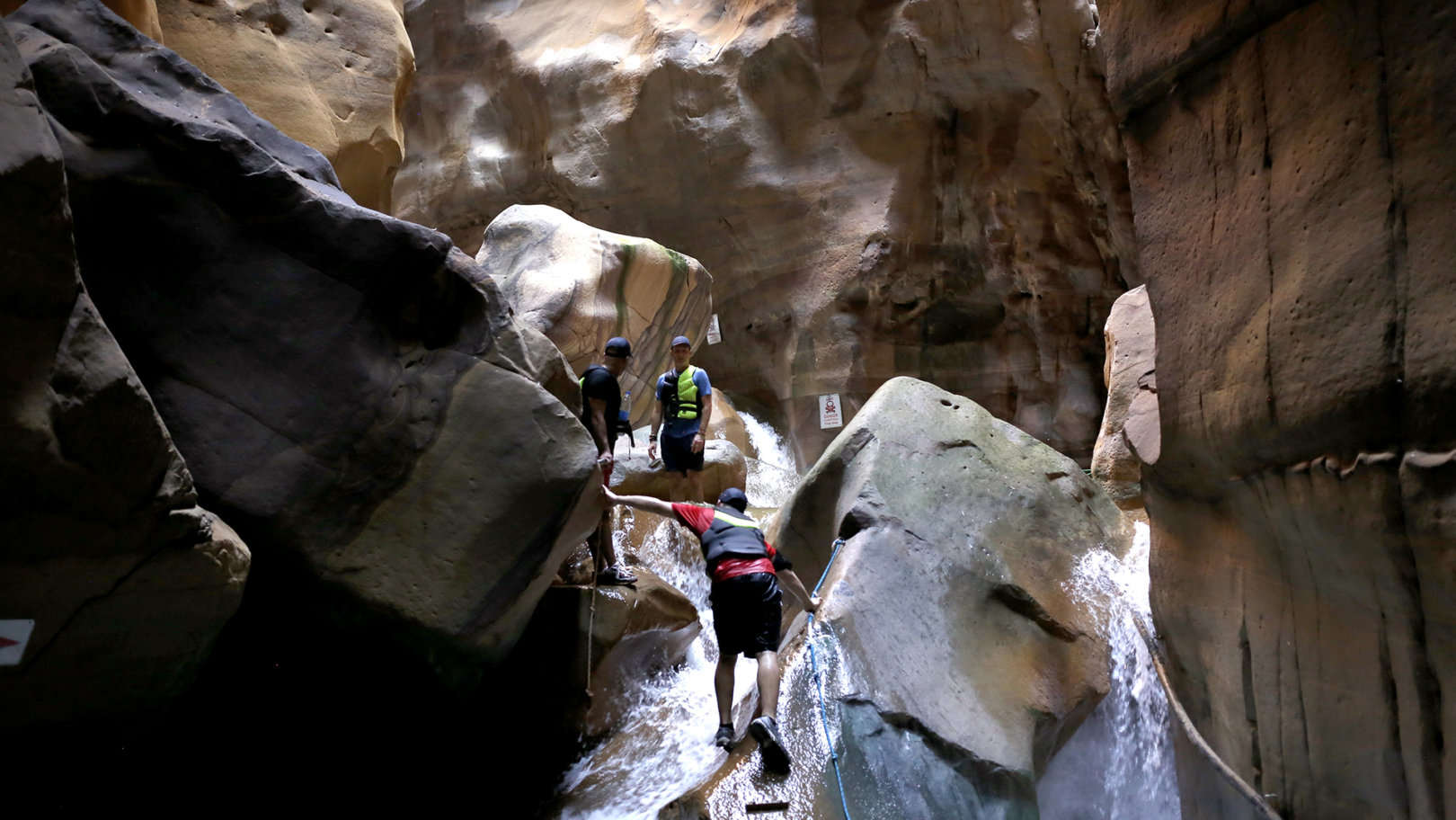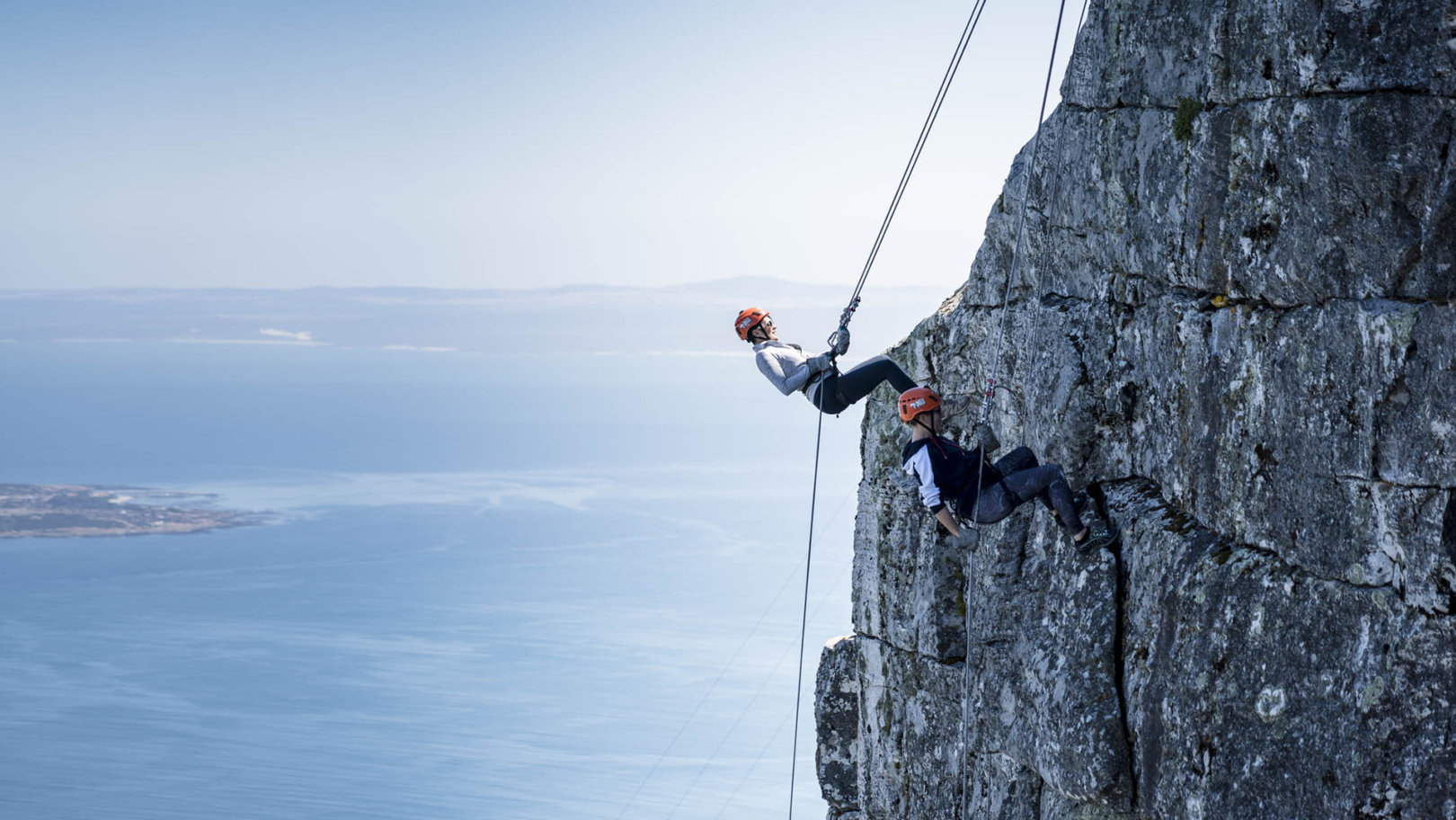The art of taking risks: why stepping outside of your comfort zone can have a positive outcome

From rules to hierarchies, humans are structured to protect our resources and avoid risk. We have a natural aversion to loss that’s been drummed into us since evolution, harking back to a period when risk-taking could result in losing precious food (or worse, becoming it!). While times have thankfully changed, the primal fear of loss still looms large. Human beings like stability; it has allowed us to blossom and thrive as a species. So, it’s perhaps unsurprising that we’re hardwired to avoid anything that disrupts this. From economics to ideologies, we are attached to the things we accumulate, safeguarding our ‘resources’ against potential threats — even if they are mostly imagined. This tendency to maintain a status quo seems like the only reliable and safe option.
Yet, taking risks can radically redefine our notion of success and growth. One of the greatest challenges is daring to break out of the barriers in the first place. By risk-taking, we choose to live more consciously, questioning markers that have been put in place by society. Here, we look at why you should take risks and their overall importance to personal development.
Learning how to fail

Primal instincts can often feed into the way we live our daily lives. From staying in a mundane job to holding back from asking for a pay rise, the risk of jeopardising stability is what makes us say ‘not yet’ to the things we really want to do. The fear of failure can be so potent that it overshadows the (often likely) possibility of succeeding. It means that we put off things that would allow us to develop — that dream road trip across South America is postponed indefinitely in favour of a promotion.
But how can we shift our mindset? One of the keys to this lies in redefining success. If we only measure success in terms of monetary value, a job title or social status, it closes us off to anything that might pose a risk to our material stability. If, however, we shift the emphasis to personal growth, the threat of failure becomes redundant. Every failure becomes a lesson learned, taking us one step closer to our full potential. As Einstein supposedly said, ‘failure is success in progress’.
The risks worth taking

Releasing yourself from a monetary definition of success can suddenly open up countless opportunities — a world full of risk and wonder, in which anything is possible. Mariana Alessandri, writing for philosophy magazine Womankind, states: “By anticipating instead of fearing failure, you can freely become who you want to be.” That’s to say, learning to be comfortable with the prospect of failure allows us to follow difficult but worthwhile goals.
Womankind offers a simple thought experiment: what would you do if success didn’t matter? To which projects would you commit your time and energy if doing so made not an ounce of difference? What’s that something you’d do because you believe in it, enjoy it or feel that it would give meaning to your life? By identifying things you would do even if you knew you would fail, you suddenly have less to lose and more to gain. This small but powerful shift in mindset is a vital step tin helping to achieve goals.
Daring to succeed

By widening the parameters of our experiences and increasing the variables within our lives, more ‘random’ – or, what some might call lucky – events can arise. Stanford professor, Tina Seelig, says, there’s actually nothing random about luck. What seems like a lucky blessing is simply a consequence of introducing an element of risk into your life.
Children take risks all the time, which is how they learn so quickly. Naturally curious and adaptable, children are able to absorb immense amounts of information and learn new skills at incredible speed — and a lot of this comes down to taking risks. It’s not necessarily the case that this capacity abandons us as we enter adulthood – it’s more true to say that we’re conditioned to believe risk to be a daunting prospect. Adopting a positive attitude to failure doesn’t mean jumping into big risks — it’s about slowly adjusting to life outside the comfort zone.
Simple steps to take more risk

There are some things you can do to encourage yourself to gradually move out of your comfort zone. Firstly, make a list of the things you would do even if you knew you would fail. By doing so, you identify the things that are ultimately worth doing regardless of the result. Equally, setting yourself a time limit to achieve the things that you’ve been putting off and saying ‘not yet’ to is helpful. Also, commit to doing one thing a week that scares you, whether that’s abseiling at a local climbing centre or having an honest conversation about an issue that’s been bothering you at work; it’s a great starting point.
Overall, try to expose yourself to small risks on a regular basis: get comfortable with being uncomfortable. As you gradually build up a reserve of confidence and daring through small regular risks, the big things will seem more achievable. Finally, always reflect on how you feel after taking a risk. Whether that’s keeping a journal or simply internalising it mentally, reviewing how you feel before and after taking risks, helps you assess your growth. I’m confident you’ll be surprised.
Ready to take a risk and meet other like-minded travellers? Join Flash Pack today on an adventure.
Got a story or adventure that could inspire a solo traveller like you? Tag @flashpack on social or email [email protected] to be featured.
Images: Flash Pack








